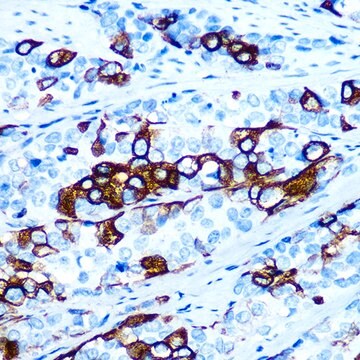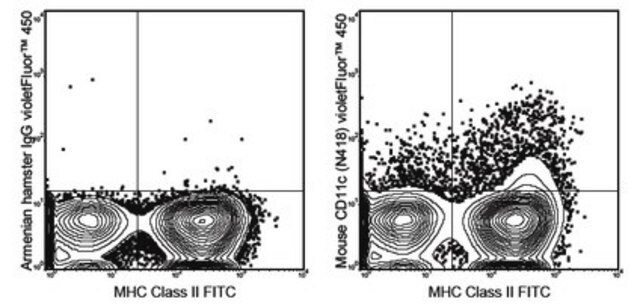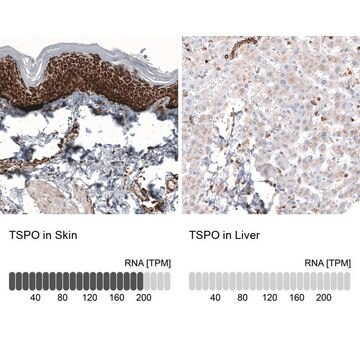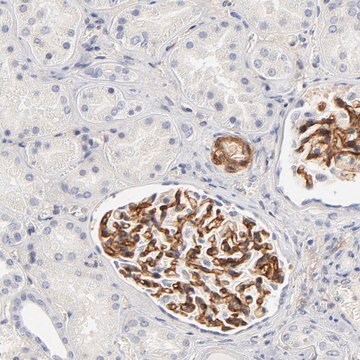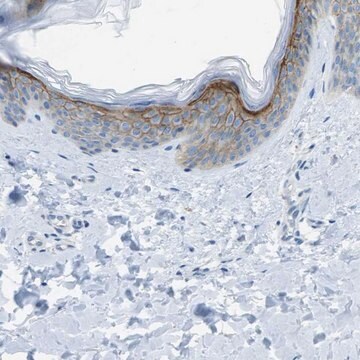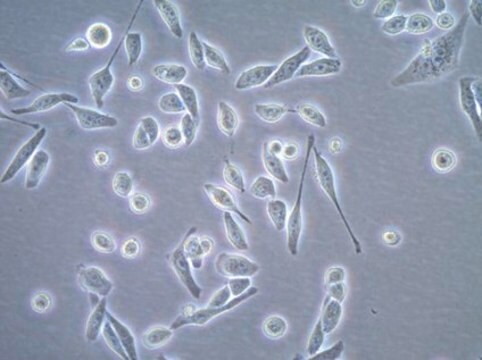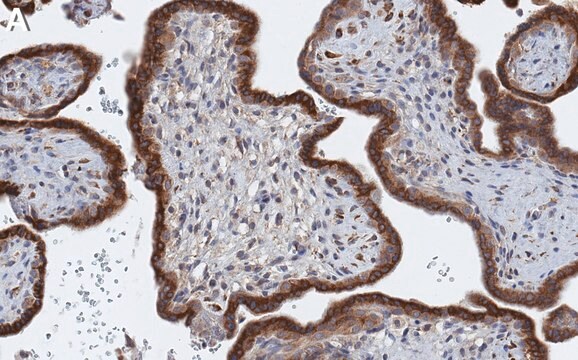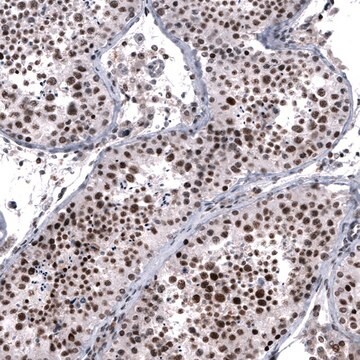MABF523
Anti-CD11c Antibody (human), PE-Cy7, clone 3.9
clone 3.9, from mouse
Sinónimos:
Integrin alpha-X, CD11 antigen-like family member C, Leu M5, Leukocyte adhesion glycoprotein p150, 95 alpha chain, Leukocyte adhesion receptor p150, 95, CD antigen CD11c
About This Item
IF
IP
immunofluorescence: suitable
immunoprecipitation (IP): suitable
Productos recomendados
biological source
mouse
Quality Level
conjugate
PE-Cy7
antibody form
purified antibody
antibody product type
primary antibodies
clone
3.9, monoclonal
species reactivity
human
packaging
pkg of 5 μL (1 μg/test)
technique(s)
flow cytometry: suitable
immunofluorescence: suitable
immunoprecipitation (IP): suitable
isotype
IgG1κ
UniProt accession no.
shipped in
wet ice
target post-translational modification
unmodified
Gene Information
human ... ITGAX(3687)
General description
Immunogen
Application
Inflammation & Immunology
Quality
Flow Cytometry Analysis: 1 µg of this antibody detected CD11c in one million human peripheral blood monocytes.
Physical form
Storage and Stability
Disclaimer
¿No encuentra el producto adecuado?
Pruebe nuestro Herramienta de selección de productos.
Storage Class
12 - Non Combustible Liquids
wgk_germany
nwg
flash_point_f
Not applicable
flash_point_c
Not applicable
Certificados de análisis (COA)
Busque Certificados de análisis (COA) introduciendo el número de lote del producto. Los números de lote se encuentran en la etiqueta del producto después de las palabras «Lot» o «Batch»
¿Ya tiene este producto?
Encuentre la documentación para los productos que ha comprado recientemente en la Biblioteca de documentos.
Nuestro equipo de científicos tiene experiencia en todas las áreas de investigación: Ciencias de la vida, Ciencia de los materiales, Síntesis química, Cromatografía, Analítica y muchas otras.
Póngase en contacto con el Servicio técnico
